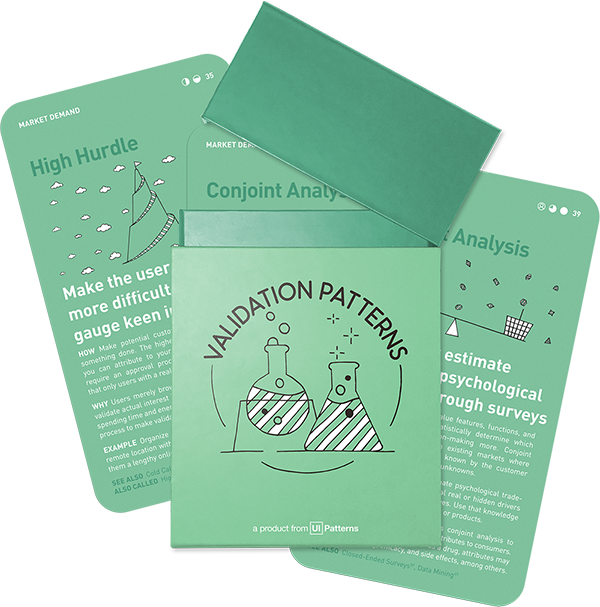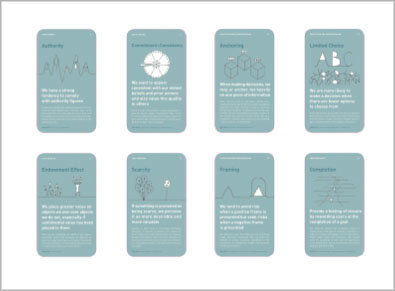How: Formulate the concept of your product by defining your target customer, their problems, and how you will solve those problems. Using a framework such as the Business Model Canvas can aid a nuanced result. Most of what you write down will be assumptions, so consider which are the riskiest and how you will test them.
Why: The simple act of writing forces you to consider things you may have previously glossed over. By being explicit about the problems your product solves and the assumptions you make, you can validate whether customers also see these as problems and whether they are seen as worth solving.
Force yourself to consider everything
The simple act of going through a predefined template and writing down your concept, can help force you to consider things you may have previously skipped. Answering a few key questions that you can go out and test subsequently, can help you get a great start.
Tools like the Business Model Canvas, the Lean Canvas, or the Opportunity Canvas can act as great starting points to guide your thinking.
Ultimately, aim for writing down basic assumptions that you can readily go out and test:
- Who is your target customer? ‘Everyone’ is not your target customer. Be specific about what kind of businesses or people you are targeting? What about the market size of each segment? If the buyer works in a company, what is his or her title?
- What problems are you solving? Your starting point should be in the problem you are solving - not the solution you have intended to solve the problem. Be explicit about the problem your product solves. Once you have written it down, you can start validating whether your potential customers also see the problems you identified as problems of their own – and whether they see those problems as worth solving.
- How does your product solve these problems? You need to define the problem you’re solving before moving to the product. How will solving the problems of your potential customers make their life better? Will it make them more money? Feel better about themselves? Be more efficient?
- What are the key features of your product? Do your features map to actual and specific customer problems (jobs, pains, and gains)?
Why use canvases or structured note-taking?
The focus is on clarifying and validating the initial assumptions about the target market, customer problems, and proposed solutions.
The objective of writing down your concept is to transition from abstract ideas to a structured, tangible formulation of your product vision. This process forces a critical examination of core assumptions, enabling a focused approach to validation.
By explicitly defining the target customer, their problems, and how the product intends to solve these problems, teams can more effectively communicate the value proposition and identify areas requiring further validation.
Popular tools
The tools below will help you with the Write Down Your Concept play.
-
Business Model Canvas
Business Model Canvas is a strategic management and lean startup template for developing new or documenting existing business models.
-
Lean Canvas
Keep our ideas succinct and robust by spending 20 minutes on filling out this canvas.
-
Opportunity Canvas
Can help facilitate a discussion around a new feature or capability. It assumes you've got a product already, so you won’t need to reconsider the operational or revenue model, which is what the other canvases ask you to deal with.
Real life Write Down Your Concept examples
The Amazon Press Release
Rather than starting with an idea, Amazon try to work backwards from the customer when developing new products or features. Future back thinking, working backwards. For new initiatives, an internal press release announcing the finished product to the target audience is a popular technique to foster future-back thinking.
Source: What is Amazon's approach to product development and product management?
Owlet
Owlet strategically used the Business Model Canvas in their validation phase to identify their most critical assumptions. Focusing on customer desirability, they tested and pivoted their original hospital-centric model based on feedback. This systematic approach using the canvas helped them confirm key assumptions for success, particularly around market demand and optimal pricing strategy.
Source: IBMC 2013: Owlet - 1st Place
A collection of 60 product experiments that will validate your idea in a matter of days, not months. They are regularly used by product builders at companies like Google, Facebook, Dropbox, and Amazon.
Get your deck!- Lean Market Validation: 10 Ways to Test Your Startup Idea by ProductPlan


